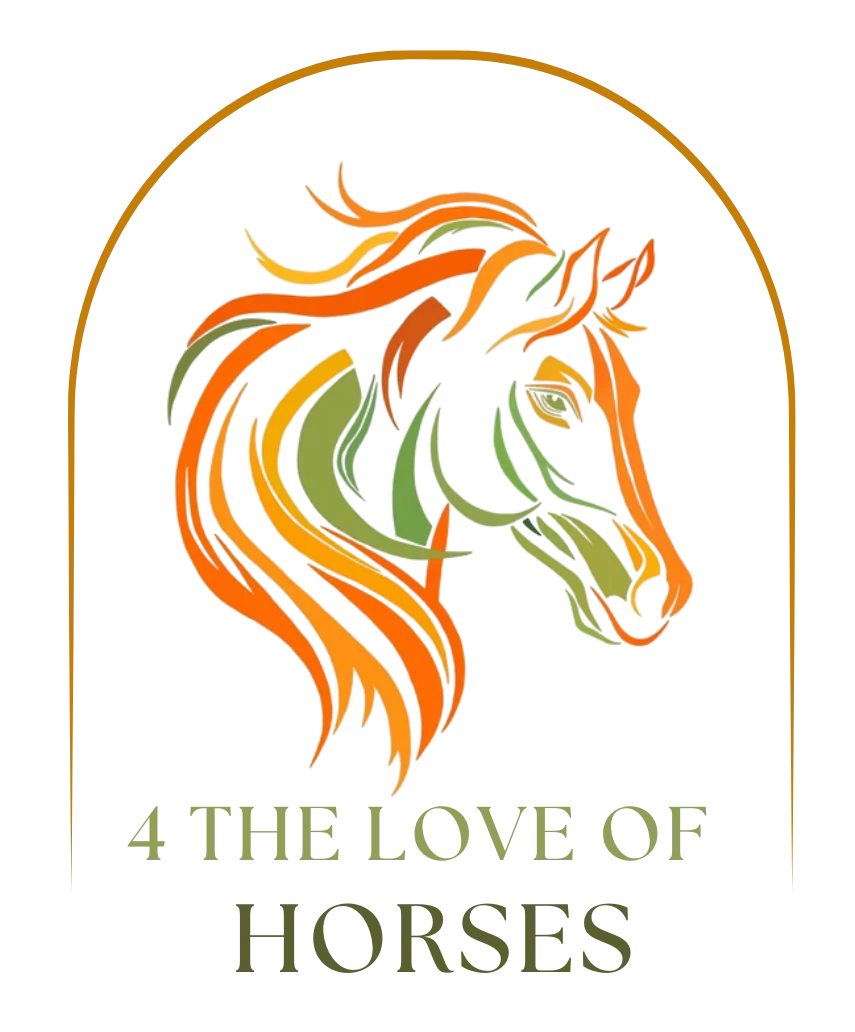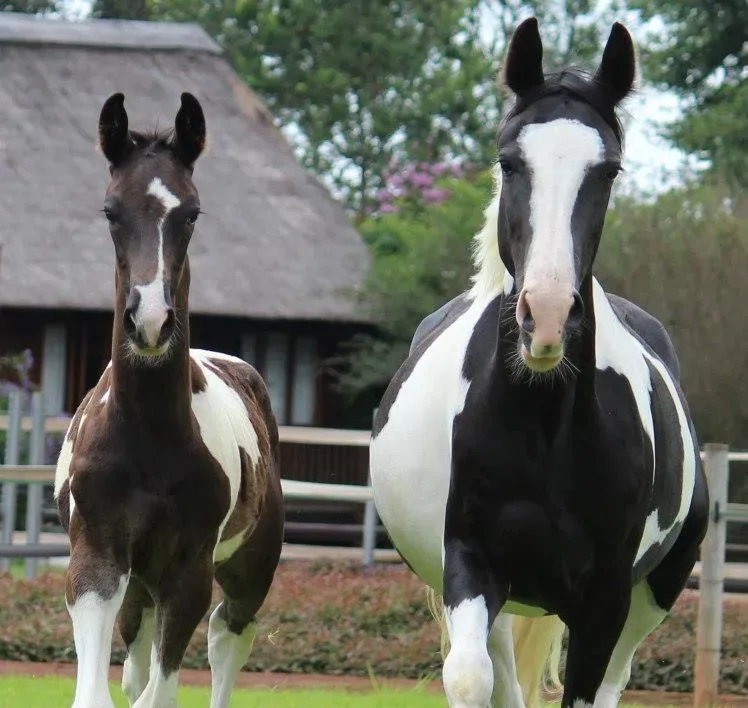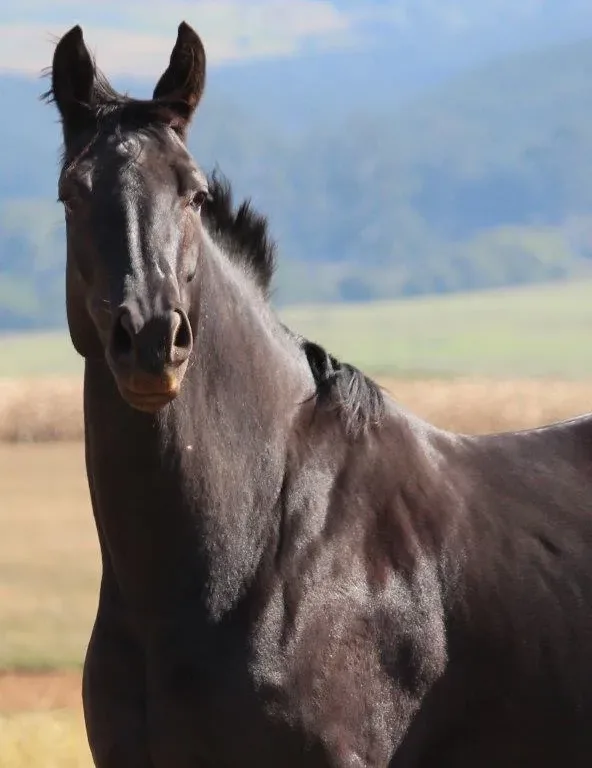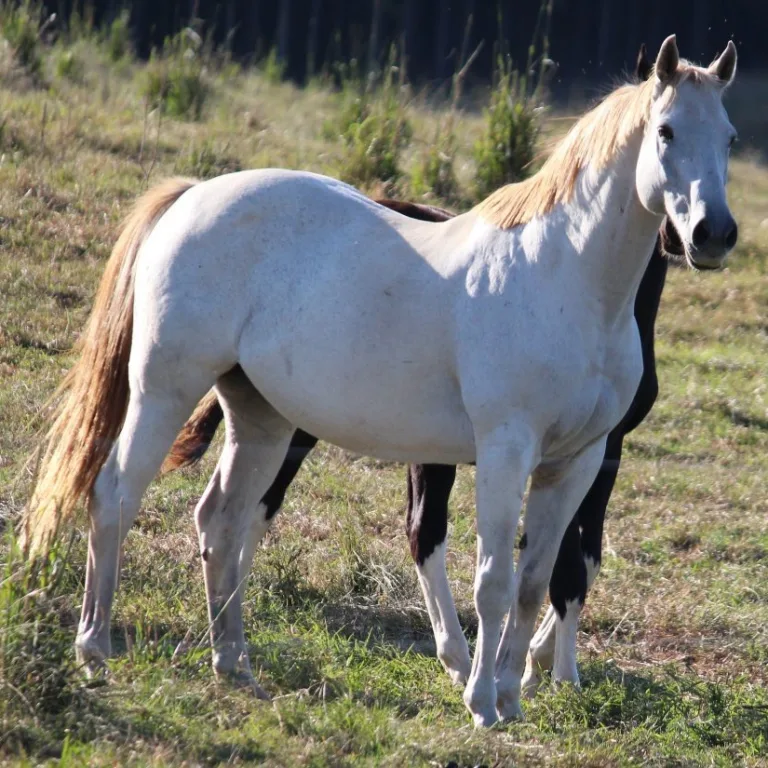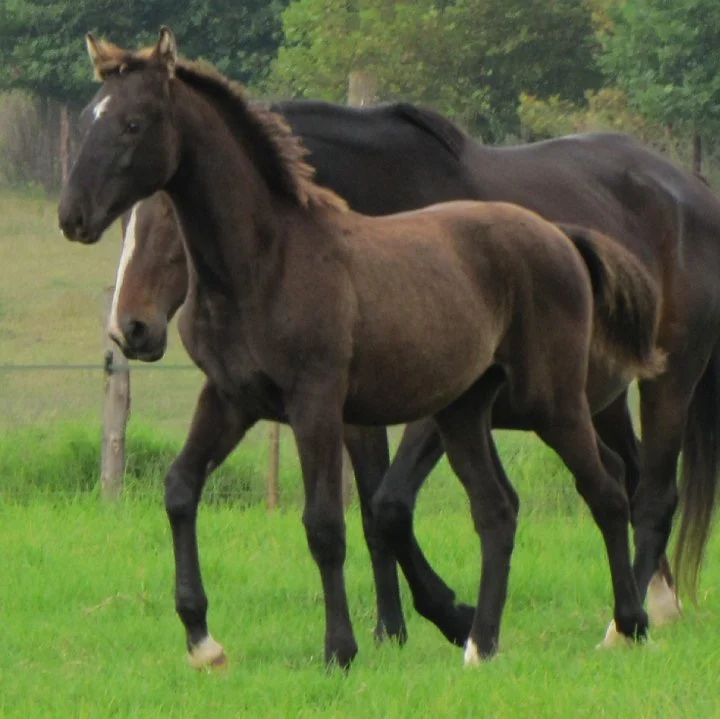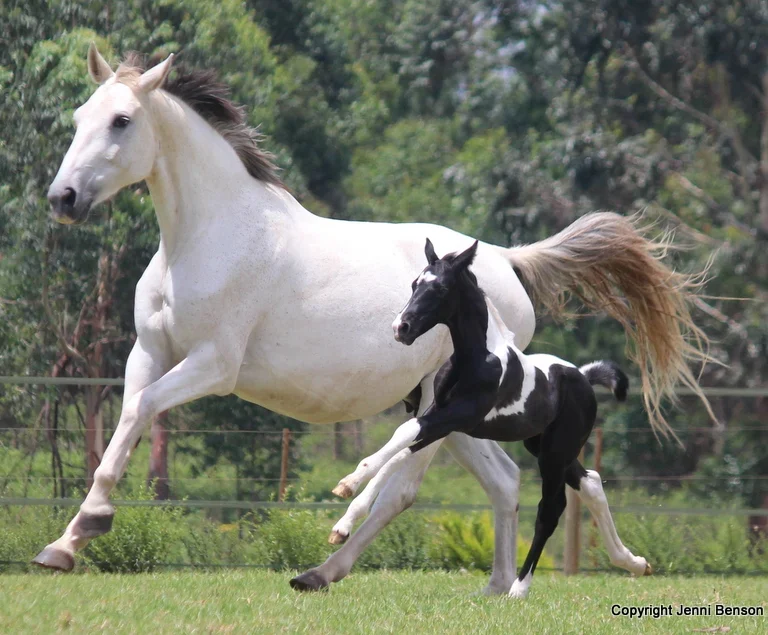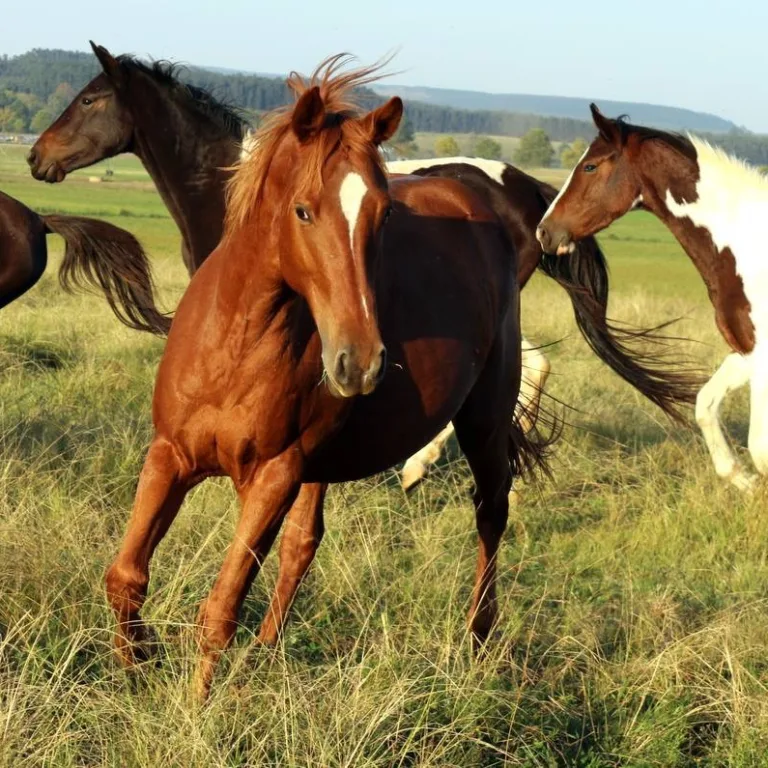The Perfect Moment: when is the Right Time to Start Backing Your Young Warmblood
There’s a moment in the life of every young horse owner that is both exciting and daunting—the decision to start backing your young Warmblood. For me, this moment came with Chesapeake Bay, the first Warmblood I bred. The day I decided it was time to begin his training, my heart was aflutter with excitement, yet weighted with the immense responsibility I was about to undertake. Chesapeake wasn’t just any horse; he was a reflection of the dreams I harbored since my first pony ride as a child.
Embarking on this journey reminded me of an essential truth in the horse world: patience and understanding are your greatest allies. Each Warmblood, with their distinct personality and pace of learning, requires a tailor-made approach. Chesapeake, with his curious nature and boundless energy, needed a gentle but firm hand, guiding him with consistency and care.
The process of backing a horse is more than just training; it’s a combination of trust and respect, a mutual agreement between you and your horse. It demands not only a deep understanding of your horse’s physical readiness but an attunement to their mental state. Backing a young Warmblood isn’t a race to the finish line. It’s a journey you embark on together, step by step, each day building on the last.
In the world of horse training, patience isn’t just a virtue; it’s a necessity. The temptation to rush can be strong, especially when progress feels slow, but the truth is, that each horse blossoms in their own time. This process taught me to celebrate the small victories, the subtle cues of understanding and trust that Chesapeake offered. It’s these moments that forge a bond strong enough to carry you through any challenge.
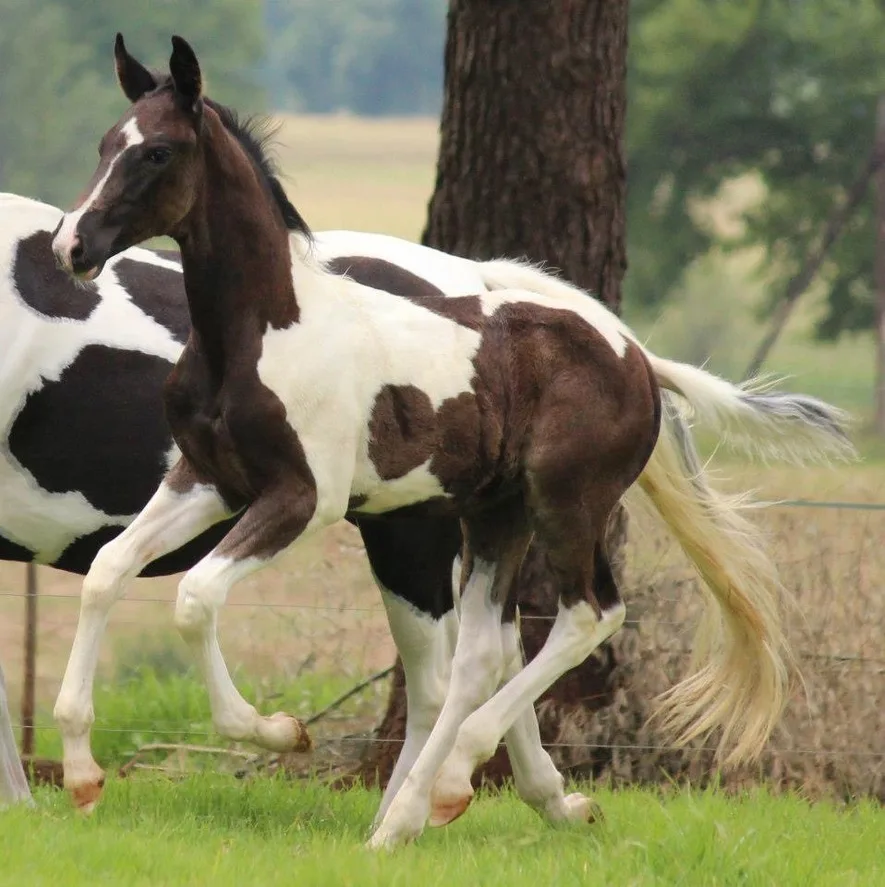
Understanding Skeletal Maturity
Skeletal maturity refers to the stage in a young warmblood’s life when its bones have fully developed and stopped growing in length. This is a crucial aspect to consider before initiating the process of backing, as a horse’s ability to carry a rider depends significantly on the maturity of its skeletal structure.
Significance of Growth Plate Closure
A key indicator of skeletal maturity is the closure of growth plates, which are areas of cartilage located near the ends of bones. These growth plates are responsible for bone lengthening during the horse’s early years. As the warmblood matures, these plates gradually close, signaling the end of bone growth. The closure of growth plates is particularly significant because it marks the point at which the bones have reached their final form and can withstand the added weight and stress associated with carrying a rider.
Impact on Carrying a Rider
The closure of growth plates ensures that the bones are structurally sound and can bear the load of a rider without risking damage to the developing skeletal system. Attempting to back a horse before the growth plates have closed could result in long-term skeletal issues, compromising the horse’s soundness and overall well-being. Therefore, understanding the timing of growth plate closure is critical to determining when a young warmblood is physically prepared for the demands of riding.
Typical Age Range for Skeletal Maturity
While individual horses may vary, the typical age range for reaching skeletal maturity in warmbloods is around four to five years old. This is when most growth plates have closed, and the musculoskeletal system has developed sufficiently to support the weight and activity associated with riding.
Horse owners need to be patient and allow their young warmbloods the time they need to reach skeletal maturity before initiating riding activities. Rushing this process can lead to long-term consequences for the horse’s health and performance. Understanding the age-related milestones in skeletal development ensures a responsible and informed approach to starting the training journey with a young warmblood.
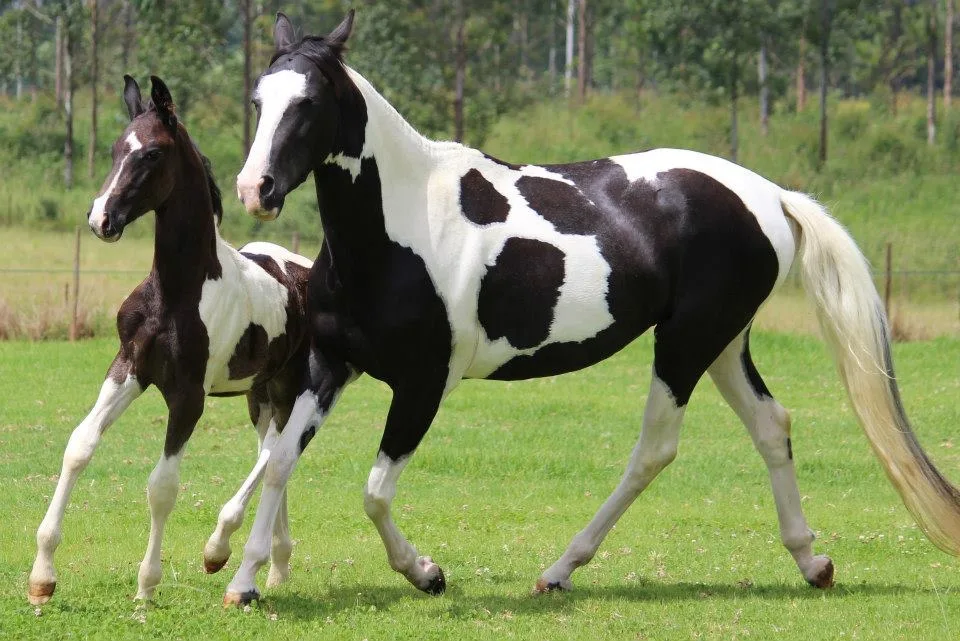
Visual Indicators of Readiness
When assessing the readiness of a young warmblood for backing, visual cues play a crucial role in determining their physical development. These cues provide valuable insights into the horse’s overall condition and readiness for the demands of riding.
Symmetry of Limb Development
Observing the symmetry of limb development is a fundamental visual indicator. Fully mature warmbloods tend to display even growth in all four limbs, with a balanced and proportional appearance. Any noticeable asymmetry in limb development may suggest that the horse is still in the process of physical maturation. Therefore, symmetry serves as a visual cue for gauging the overall progress in the development of the horse’s skeletal and muscular systems.
Overall Proportions
Assessing the overall proportions of the young warmblood is another key visual indicator. A mature horse typically exhibits well-proportioned body segments, with a balanced appearance between the forelimbs and hindlimbs. An imbalanced or disproportionate conformation may suggest that the horse is still growing and may not be physically ready for the added strain of carrying a rider.
Well-Defined Bone Contours
Well-defined bone contours contribute to the visual indicators of readiness. Mature warmbloods generally present smooth and distinct bone outlines. The bones, especially along the legs and back, should lack irregularities or rough edges seen in less developed structures. These well-defined contours indicate that the bones have undergone proper development and are better equipped to handle the weight and stress associated with riding.
Uniform Thickness of Cannon Bones
The thickness of the cannon bones is a specific visual cue that holds significance in determining readiness for backing. Fully mature warmbloods tend to have uniform thickness along the length of their cannon bones. Thicker and more robust cannon bones suggest adequate bone density and strength, essential factors for supporting a rider’s weight during riding activities.
Importance of Visual Assessment
Visual assessment serves as a practical and accessible method for horse owners to gauge the physical development of their young warmbloods. While visual cues provide initial insights, they complement other evaluation methods such as radiographic examination to form a comprehensive understanding of the horse’s readiness for the backing process.
By paying attention to these visual indicators, horse owners can make informed decisions about the appropriate timing for starting the riding journey with their young warmblood, ensuring a responsible and horse-centric approach to training.
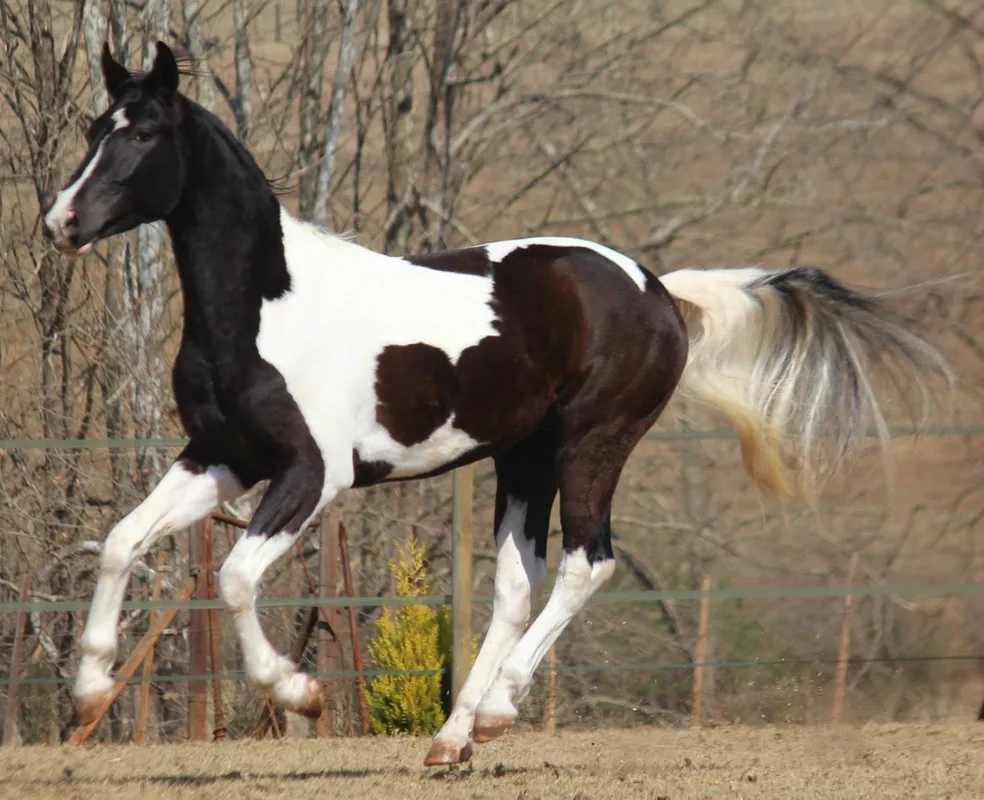
Radiographic Evaluation
Radiographic examination is a powerful tool in assessing the bone health, thickness, and density of young warmbloods. This diagnostic method involves the use of X-rays to create detailed images of the horse’s skeletal system. This process allows veterinarians to evaluate the internal structure of bones, joints, and growth plates, providing critical information about the horse’s readiness for the backing process.
Benefits of High-Resolution X-rays:
High-resolution X-rays play a pivotal role in radiographic evaluation, offering detailed insights into bone structure that are not visible through visual examination alone. The benefits of high-resolution X-rays include:
- Precision and Detail:
- High-resolution X-rays provide precise and detailed images of bone structures, allowing veterinarians to assess the fine details of the skeletal system.
- Clarity of Cortical Bone:
- Cortical bone, the dense outer layer of bones, is visible in high-resolution X-rays. This clarity is essential for measuring cortical bone thickness, a key factor in determining bone strength and density.
- Identification of Abnormalities:
- High-resolution X-rays facilitate the early detection of abnormalities or irregularities in bone development. This includes identifying signs of uneven growth, joint issues, or potential concerns related to bone health.
- Tracking Growth Plate Closure:
- The process of growth plate closure, a critical indicator of skeletal maturity, is observable through high-resolution X-rays. Monitoring the closure of growth plates helps determine when the bones have reached their final form.
Measuring Cortical Bone Thickness
Cortical bone thickness is a significant parameter assessed through radiographic evaluation. This measurement involves examining the density of the outer layer of bones, which contributes to overall bone strength. Measuring cortical bone thickness through X-rays provides quantitative data that aids veterinarians in determining the horse’s ability to handle the additional load of a rider.
Identifying Signs of Growth Plate Closure
One of the primary objectives of radiographic evaluation is to identify signs of growth plate closure. Growth plates are visible as distinct lines on X-rays, and their disappearance indicates that the bones have ceased longitudinal growth. This is a crucial milestone in determining skeletal maturity and, consequently, the horse’s readiness for riding activities.
Importance of Radiographic Evaluation
While visual cues offer valuable insights, radiographic evaluation enhances the assessment process by providing a more detailed and quantitative analysis of the horse’s bone health. Combining visual observations with radiographic data ensures a comprehensive understanding of skeletal maturity, guiding horse owners and veterinarians in making well-informed decisions regarding the initiation of training and riding activities for young warmbloods.
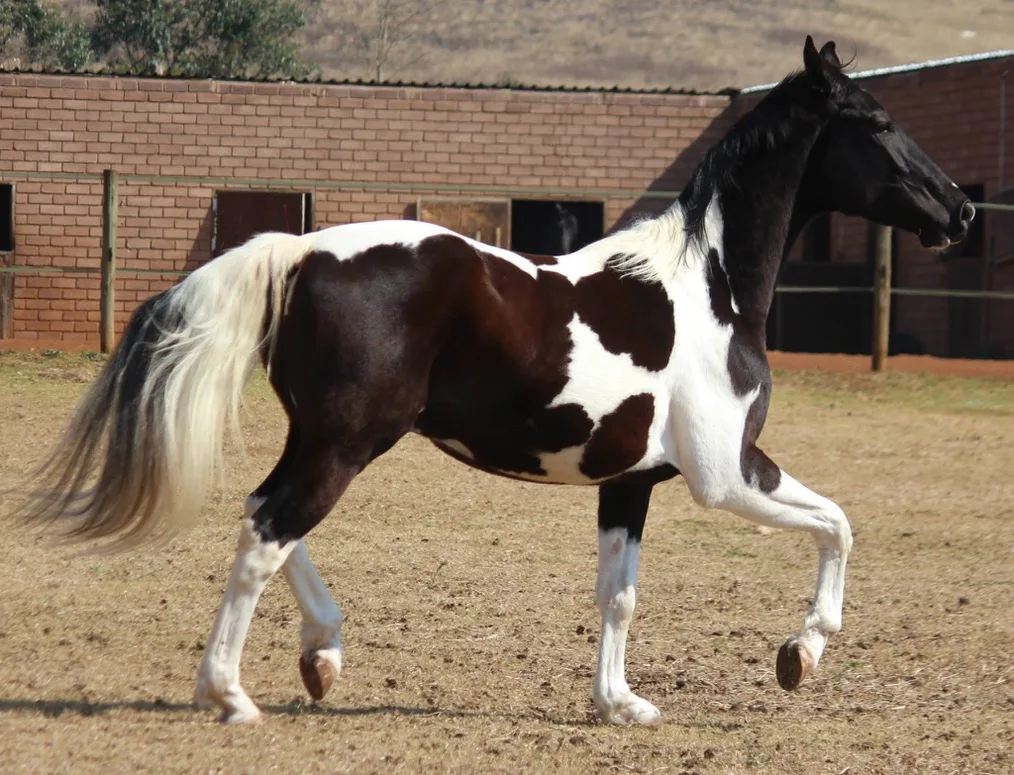
Development of Joints
The development of joints is a crucial aspect that significantly influences a young warmblood’s readiness for riding. Joints play a fundamental role in the horse’s ability to move comfortably, provide support, and sustain the added load of a rider. Understanding the progression of joint development is essential for assessing when a horse is physically prepared for the demands of riding.
Contribution of Well-Formed Joints
Well-formed joints are essential for the horse’s overall soundness and performance under saddle. They contribute to the horse’s ability to move with flexibility, absorb shock, and distribute weight evenly. The significance of well-formed joints includes:
- Smooth Articular Surfaces:
- Well-formed joints exhibit smooth and well-articulated surfaces. These surfaces allow for proper movement, reducing friction and minimizing the risk of discomfort or injury during physical activity.
- Proper Joint Alignment:
- Adequate joint development ensures proper alignment of bones within the joint. Proper alignment is crucial for the horse’s ability to bear weight evenly and move in a coordinated and balanced manner.
- Shock Absorption:
- Healthy joints possess the ability to absorb and distribute impact forces. This is particularly important when a horse carries the additional weight of a rider, as well-formed joints can better absorb the shock generated during movement.
- Support for Weight-Bearing:
- Well-formed joints provide reliable support for the horse’s weight-bearing activities. This support is vital when transitioning from groundwork to the increased demands of carrying a rider.
Visual Indicators of Joint Maturity
Visual observation offers key indicators of joint maturity, providing valuable insights into the horse’s readiness for riding:
- Defined Joint Spaces:
- Mature joints typically exhibit well-defined spaces between the bones. This clear articulation indicates that the joint structures have developed appropriately and can facilitate smooth movement.
- Smooth Movement:
- Observing the horse’s movement is a practical way to assess joint maturity. A horse with well-formed joints moves smoothly and with coordination, demonstrating an ability to carry a rider comfortably.
Radiographic Indicators of Joint Maturity
Radiographic evaluation further enhances the assessment of joint maturity by offering detailed insights into internal structures:
- Smooth Joint Surfaces:
- High-resolution X-rays can reveal the smoothness of joint surfaces. Well-defined and smooth joint surfaces are indicative of mature joints capable of supporting the horse’s weight.
- Absence of Abnormalities:
- Radiographs help identify any abnormalities or irregularities within the joint structure. Detecting and addressing these issues early on is crucial for ensuring the horse’s joint health over the long term.
- Joint Integrity:
- Radiographic images assist in evaluating the overall integrity of joints, including the alignment of bones and the absence of signs of degeneration or developmental issues.
Understanding both visual and radiographic indicators of joint maturity provides a comprehensive assessment of the horse’s ability to handle the physical demands of riding. This holistic approach ensures that the horse’s joints are adequately developed and capable of supporting a rider comfortably, contributing to a positive and sustainable riding experience.
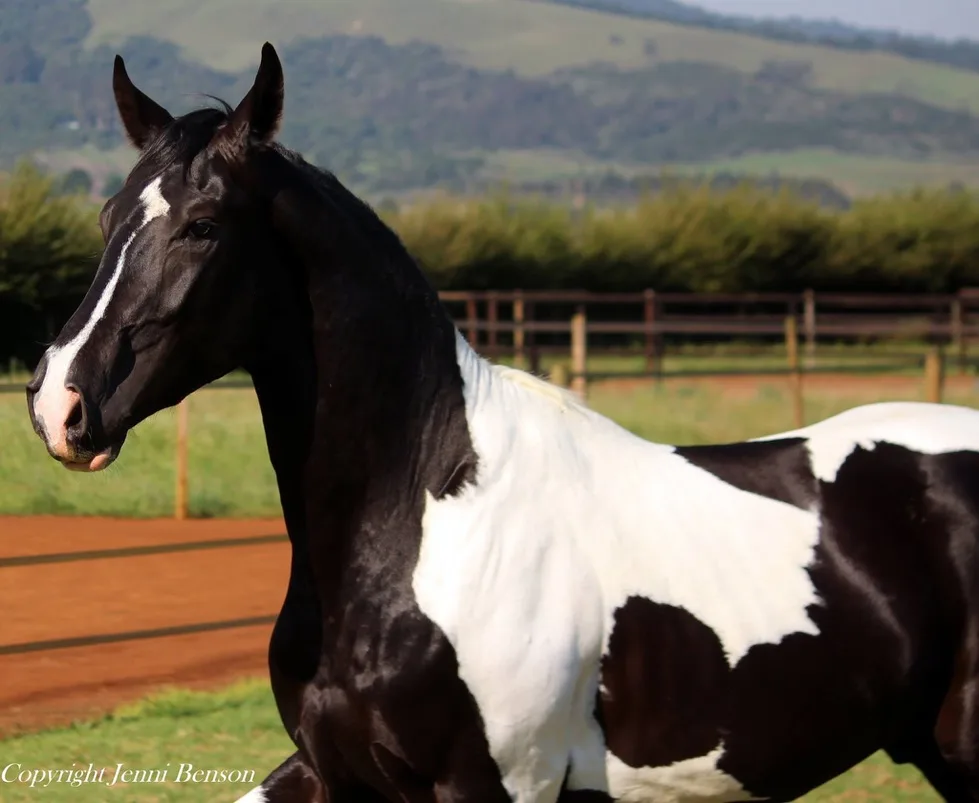
Behavioral and Mental Readiness
In addition to physical development, the mental maturity of a young warmblood is a crucial aspect when considering readiness for training and riding. A horse’s mental state plays a significant role in its ability to handle new experiences, learn from training sessions, and develop a positive attitude toward work.
Behavioral Signs Indicating Readiness
Observing behavioral signs is instrumental in gauging a young warmblood’s readiness for training. Positive behaviors that may indicate mental readiness include:
- Curiosity and Engagement:
- A mentally ready horse shows curiosity and engagement during training sessions. They willingly interact with their handler and exhibit interest in new tasks.
- Acceptance of Tack and Equipment:
- A horse ready for training accepts tack, saddles, and other riding equipment without excessive resistance. They show a calm demeanor when being groomed or fitted with gear.
- Consistent and Relaxed Demeanor:
- A mentally mature horse maintains a consistent and relaxed demeanor both on the ground and during training. They handle new experiences with composure and do not display excessive nervousness or fear.
- Readiness for Learning:
- A mentally ready horse demonstrates a willingness to learn and responds positively to cues from their handler. They understand basic commands and exhibit a cooperative attitude.
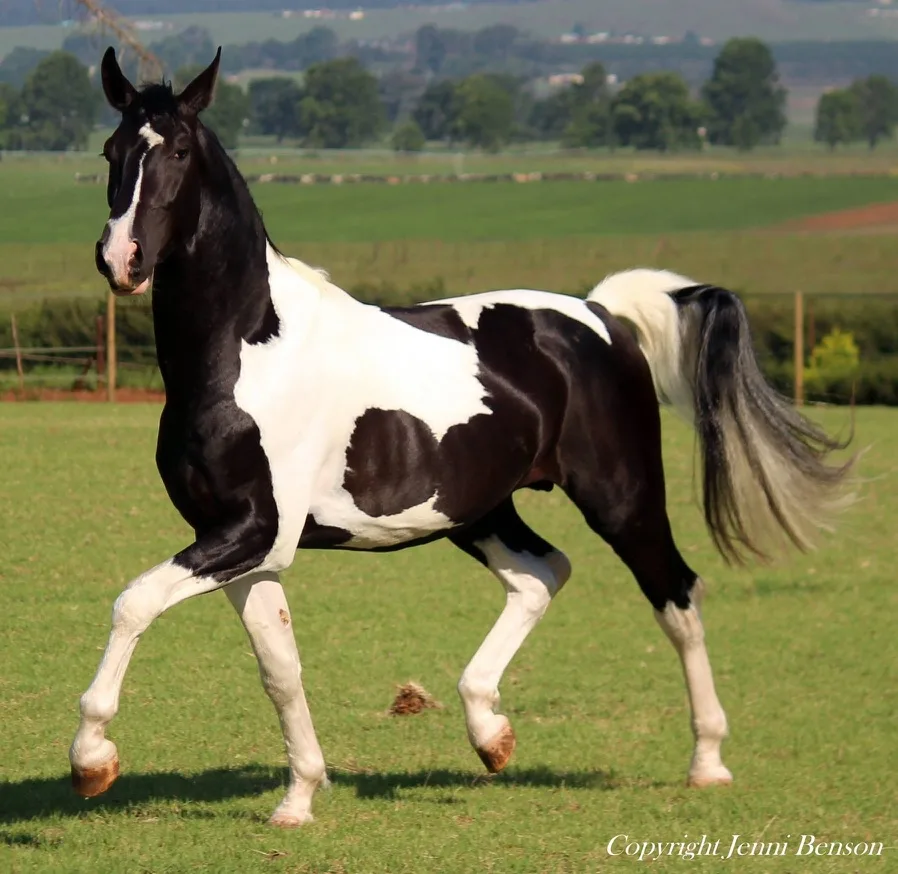
Importance of Positive Groundwork
Positive groundwork is foundational for building a young warmblood’s mental readiness for riding. Groundwork activities, such as lunging, desensitization exercises, and basic obedience training, contribute to:
- Trust-Building:
- Groundwork establishes trust between the horse and handler. Positive interactions create a foundation of trust, crucial for a successful partnership during riding activities.
- Establishing Boundaries:
- Groundwork helps establish clear boundaries and communication between the horse and handler. This clarity contributes to a horse’s understanding of expectations, fostering a secure environment.
- Desensitization to Equipment:
- Introducing tack and riding equipment during groundwork helps desensitize the horse to the sensations and weight associated with being ridden. This gradual introduction minimizes anxiety when transitioning to the saddle.
- Physical Conditioning:
- Groundwork activities contribute to the physical conditioning of the horse, preparing their muscles and cardiovascular system for the increased demands of carrying a rider.
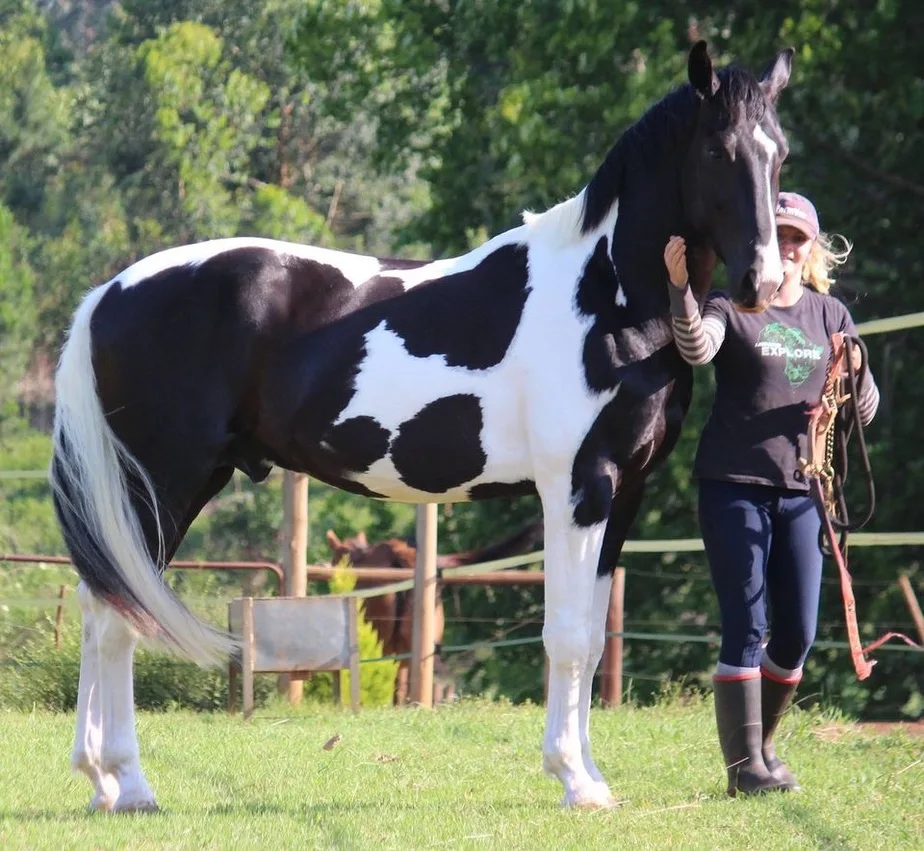
Trust-Building Exercises
Trust-building exercises are integral to ensuring a positive mental state in young warmbloods:
- Gentle Touch and Petting:
- Regular, gentle interactions involving touch and petting help build a positive association with human contact.
- Reward-Based Training:
- Positive reinforcement, such as treats and verbal praise, reinforces good behavior during groundwork and creates a positive learning environment.
- Introduction to New Environments:
- Gradually exposing the horse to new environments, sounds, and objects helps build confidence and adaptability.
- Patience and Consistency:
- Patient and consistent handling during groundwork establishes a sense of security and predictability for the horse.
Understanding and respecting the behavioral and mental aspects of a young warmblood’s readiness for riding ensures a positive training experience and sets the stage for a cooperative and willing equine partner. The combination of mental and physical preparation contributes to a harmonious relationship between horse and rider.
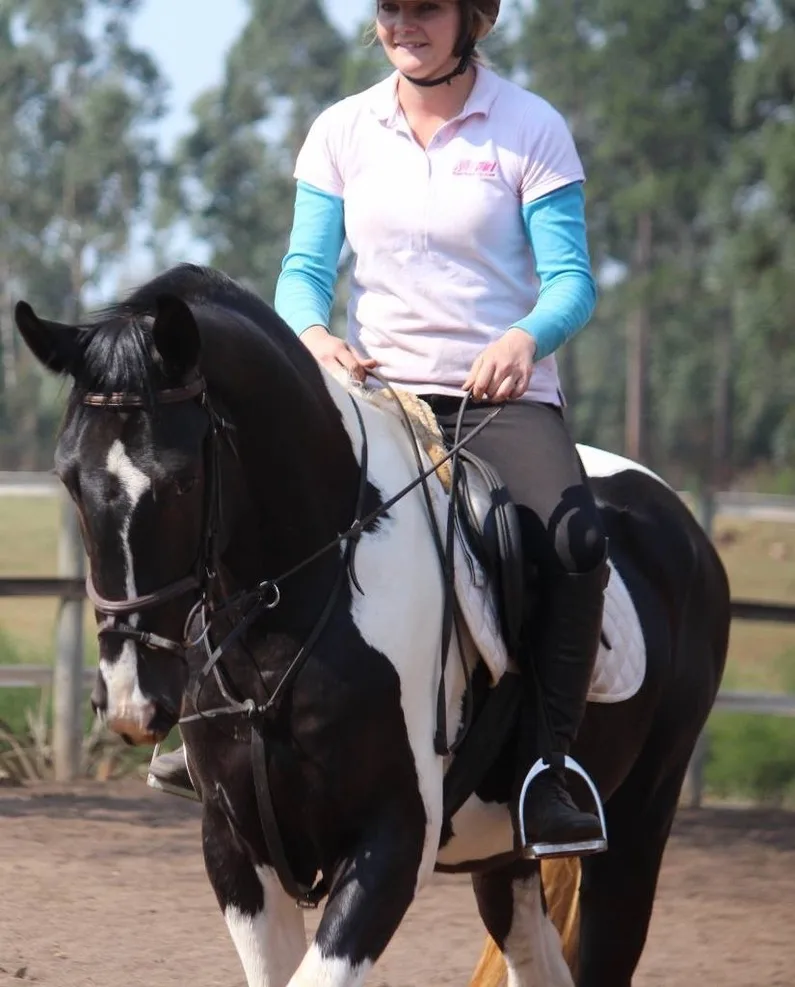
Professional Guidance
Deciding the optimal time to back a young warmblood is a decision that warrants professional guidance. The expertise of experienced trainers and veterinarians is invaluable in ensuring that the horse’s physical and mental readiness are thoroughly assessed. Seeking professional help is essential for several reasons:
- Accurate Assessment:
- Professionals, particularly experienced trainers and veterinarians, possess the knowledge and skills to accurately assess the horse’s physical and mental condition. Their expertise allows for a comprehensive evaluation that goes beyond what might be evident to an untrained eye.
- Understanding Individual Differences:
- Each young warmblood is unique, and professionals can tailor their assessment to the specific needs and characteristics of the horse. Individual differences in growth, conformation, and behavior require personalized attention, and professionals can provide insights tailored to the horse’s specific circumstances.
- Identification of Potential Issues:
- Trained professionals are adept at identifying potential physical or behavioral issues that may affect the horse’s readiness for riding. Early detection allows for proactive measures and appropriate interventions, ensuring the horse’s long-term well-being.
- Experience in Developmental Milestones:
- Experienced trainers and veterinarians understand the developmental milestones that young warmbloods go through. Their familiarity with the stages of skeletal, muscular, and mental development allows for a nuanced assessment of the horse’s overall progress.
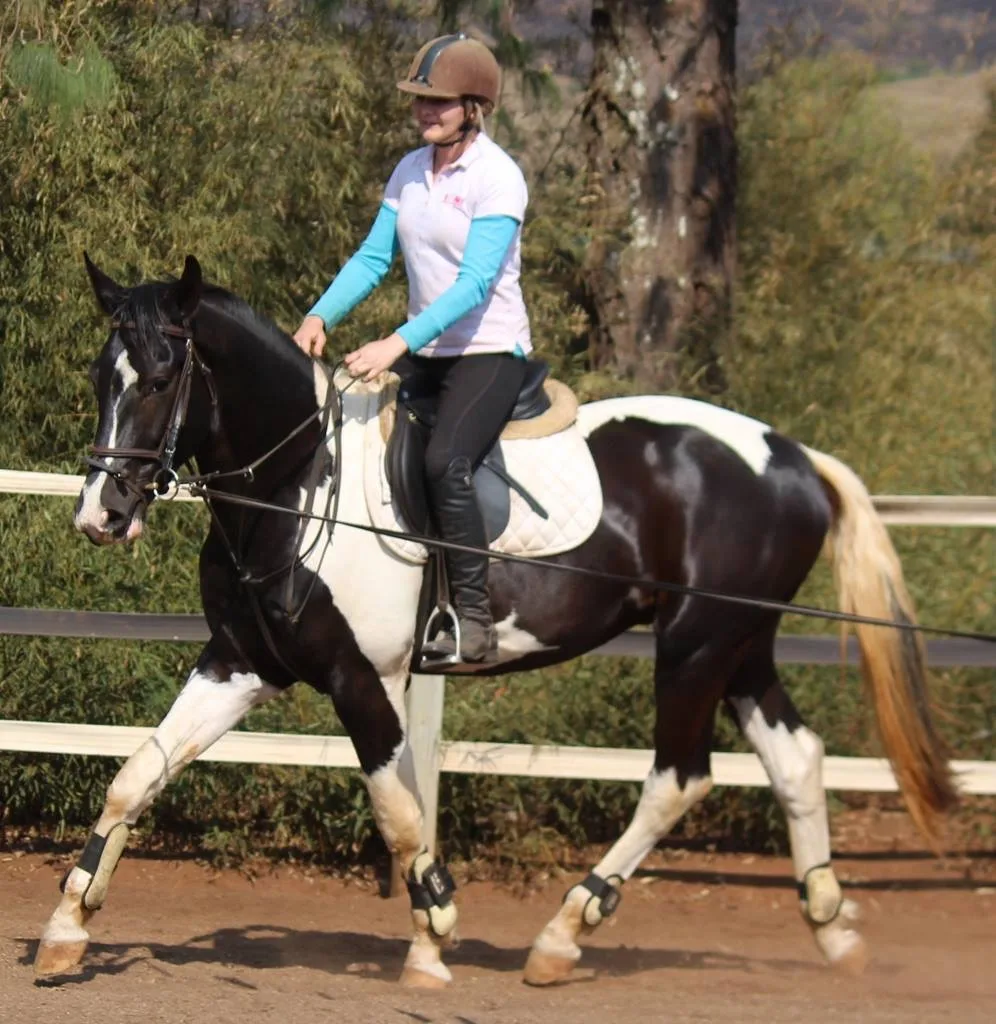
Role of Experienced Trainers and Veterinarians
- Trainers:
- Behavioral Evaluation:
- Trainers assess the horse’s behavior during groundwork and initial training sessions. Their experience allows them to gauge the horse’s responsiveness, willingness to learn, and overall demeanor.
- Training Progression:
- Experienced trainers understand the gradual progression of training exercises. They can design a training plan that introduces riding activities in a structured and confidence-building manner.
- Behavioral Evaluation:
- Veterinarians:
- Skeletal Assessment:
- Veterinarians specialize in assessing the horse’s skeletal development through radiographic examination. They provide insights into growth plate closure, bone density, and overall skeletal maturity.
- Joint Health:
- Veterinarians evaluate the health of joints through visual and radiographic examinations, ensuring that the horse’s joints are well-formed and capable of supporting the rider’s weight.
- Skeletal Assessment:
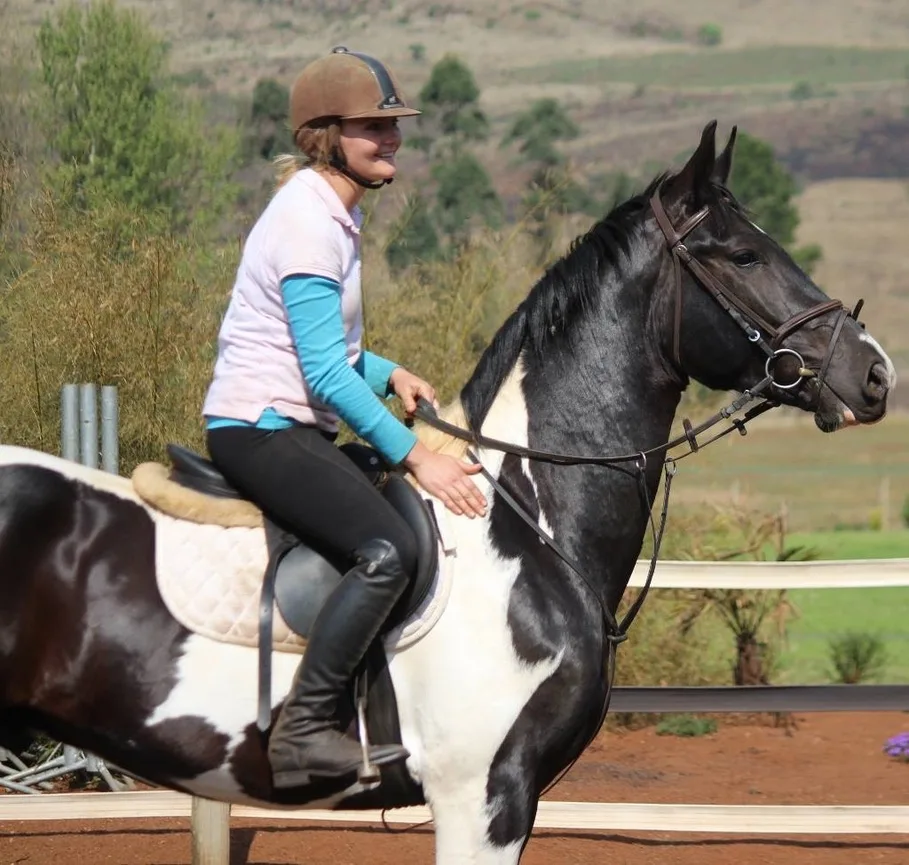
Encouraging Open Communication
Open communication between horse owners and professionals is paramount for a successful assessment process:
- Share History and Observations:
- Horse owners should openly communicate the horse’s history, including any past injuries, health issues, or behavioral concerns. Observations about the horse’s behavior in different situations also provide valuable context.
- Express Concerns and Goals:
- Horse owners should express any concerns or goals they have regarding the horse’s training. This information helps professionals tailor their assessments and recommendations to align with the owner’s expectations.
- Regular Updates:
- Regular communication and updates between horse owners and professionals allow for ongoing evaluation of the horse’s progress. Adjustments to the training plan or interventions can be made as needed, ensuring a dynamic and responsive approach to the horse’s development.
In summary, seeking professional guidance from experienced trainers and veterinarians is a critical step in determining the best time to back a young warmblood. Their expertise enhances the accuracy of the assessment, promotes the horse’s welfare, and contributes to a positive training experience. Open communication fosters a collaborative approach, ensuring that the decision-making process aligns with the unique needs of the horse and the expectations of the owner.
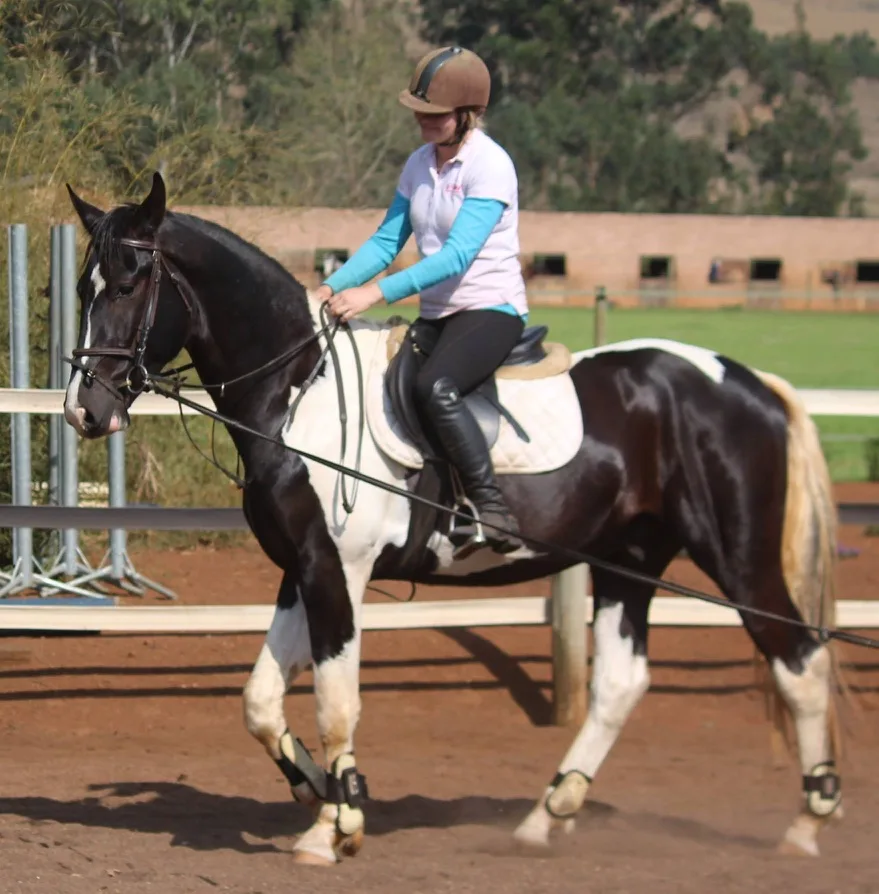
Gradual Introduction to Riding
Embarking on the journey of introducing a young warmblood to riding activities requires a thoughtful and gradual approach. This phase is critical for establishing a solid foundation and building the horse’s confidence in carrying a rider. Here’s guidance on the gradual introduction to riding:
- Start with Groundwork:
- Begin the process by reinforcing groundwork exercises. These activities help maintain the bond between the horse and handler, ensuring that basic commands are well understood before introducing the additional challenge of a rider.
- Familiarize with Tack:
- Allow the horse to become accustomed to the saddle, bridle, and other riding equipment. This familiarity is crucial for reducing anxiety when transitioning to the next stage of introducing the rider.
- Mounting Block Familiarization:
- Use positive reinforcement techniques to associate the mounting block with positive experiences. Allow the horse to approach, stand near, and eventually stand quietly beside the mounting block.
- Short and Positive Sessions:
- Keep initial riding sessions short and positive. Limit the duration to avoid overwhelming the horse, and conclude each session on a positive note. Gradually increase the duration as the horse becomes more comfortable with the process.
Importance of Short Sessions
- Minimize Stress:
- Short sessions minimize stress on both the physical and mental aspects of the horse. This approach prevents fatigue and ensures that the horse associates riding with positive experiences.
- Focus and Retention:
- Horses, especially young ones, have shorter attention spans. Short sessions allow for better focus and retention of training concepts, fostering a positive learning environment.
- Prevent Overexertion:
- Young horses are still developing physically. Short sessions help prevent overexertion, ensuring the horse’s well-being and promoting a gradual adaptation to the physical demands of carrying a rider.

Positive Reinforcement and Consistent Training
- Reward Good Behavior:
- Use positive reinforcement, such as treats, verbal praise, and gentle strokes, to reward the horse for good behavior during and after riding sessions. Positive associations create a positive attitude toward the riding experience.
- Consistent Training Methods:
- Consistency is key to effective training. Use consistent cues and commands to help the horse understand expectations. Reinforce these cues consistently to build a clear communication channel between rider and horse.
- Progress at the Horse’s Pace:
- Each horse is unique, and progress may vary. Pay attention to the horse’s responses and adjust the training pace accordingly. Gradual progression ensures that the horse is comfortable and confident in each stage of the training.
Emphasizing Patience
- Building Trust Takes Time:
- Patience is paramount during the initial riding stages. Building trust between the rider and the horse takes time, and rushing the process can lead to setbacks. Allow the horse to adjust at its own pace.
- Addressing Fears and Concerns:
- Be attentive to signs of fear or discomfort. If the horse exhibits anxiety, take a step back in the training process and address any concerns before progressing further.
- Celebrate Small Achievements:
- Acknowledge and celebrate small achievements during the gradual introduction. Recognizing progress boosts the horse’s confidence and reinforces positive behaviors.
The gradual introduction to riding is a delicate process that requires a combination of patience, positive reinforcement, and consistent training methods. Prioritizing the horse’s comfort and confidence sets the stage for a successful and harmonious riding experience in the future.
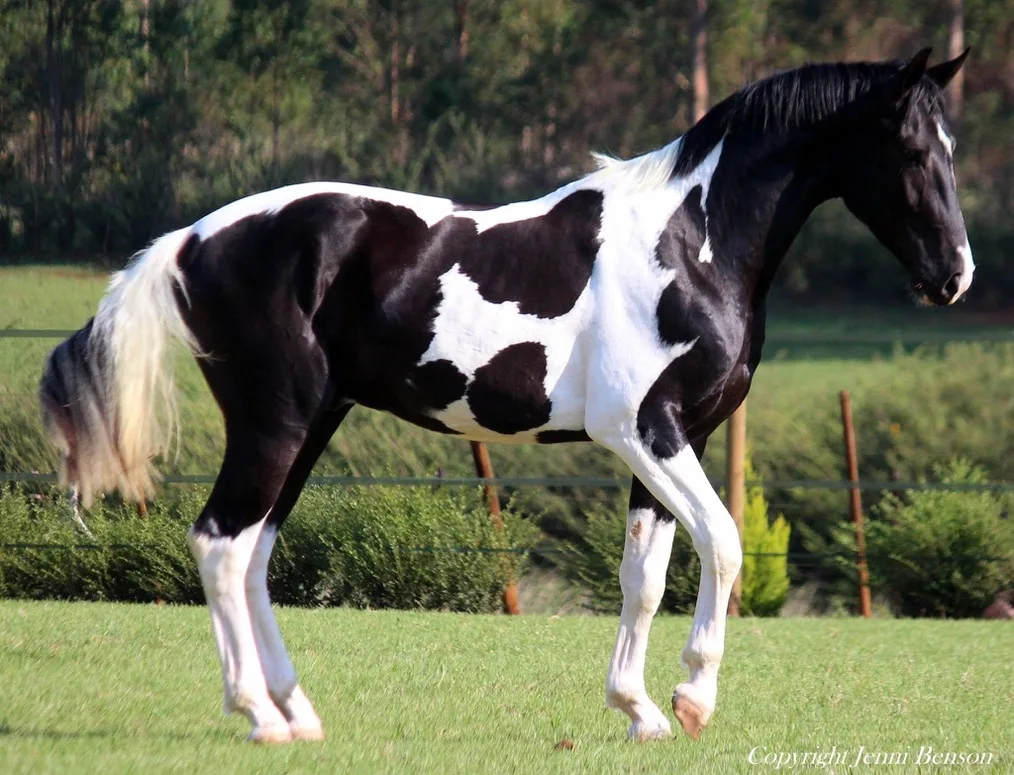
Common Pitfalls and How to Avoid Them
Rushing the Training Process:
- Pitfall: One of the most common pitfalls is rushing the training process. Impatience can lead to skipping essential steps, increasing the risk of physical and mental stress for the young warmblood.
- Avoidance: Prioritize a gradual and systematic approach to training. Respect the horse’s individual pace, allowing adequate time for each stage of groundwork and riding introduction. Patience is key to building a strong foundation.
Neglecting Groundwork:
- Pitfall: Neglecting groundwork can result in a lack of essential foundational skills. Skipping groundwork may lead to behavioral issues and challenges in communication between the horse and rider.
- Avoidance: Invest time in thorough groundwork exercises before progressing to riding. Establish a strong bond through trust-building activities, reinforcing basic commands, and ensuring the horse is comfortable with tack and equipment.
Inconsistent Training Methods:
- Pitfall: Inconsistency in training methods can confuse the young warmblood and hinder the learning process. Mixed signals may lead to behavioral issues or resistance.
- Avoidance: Maintain consistency in cues, commands, and training methods. Ensure that all handlers use the same language and techniques to create a clear and predictable learning environment for the horse.
Ignoring Signs of Discomfort:
- Pitfall: Ignoring signs of physical discomfort, such as resistance, tension, or behavioral changes, can lead to long-term issues and compromise the horse’s well-being.
- Avoidance: Stay attuned to the horse’s body language and reactions. Address any signs of discomfort promptly by consulting with a veterinarian and adjusting the training plan accordingly. Regular veterinary check-ups are essential during the training process.
Overlooking Individual Differences:
- Pitfall: Overlooking the individual characteristics and needs of each young warmblood may result in applying a one-size-fits-all approach, which is not effective.
- Avoidance: Recognize and respect the unique traits of each horse. Tailor the training plan to accommodate individual differences in temperament, learning style, and physical development. Flexibility in approach ensures a more successful training experience.
Neglecting Mental Maturity:
- Pitfall: Focusing solely on physical readiness and neglecting mental maturity may lead to stress, anxiety, and behavioral challenges during the riding process.
- Avoidance: Consider both physical and mental aspects of readiness. Ensure that the horse is mentally prepared for riding by building trust, positive associations, and a cooperative attitude. Gradual exposure to new experiences helps develop mental resilience.
Disregarding Rider’s Skill Level:
- Pitfall: Placing a young warmblood with an inexperienced rider can lead to miscommunication, inconsistent cues, and potential accidents.
- Avoidance: Match the horse with a rider who possesses the skills and experience necessary for handling young horses. Professional guidance and supervision are essential, especially during the early stages of riding.
Skipping Regular Evaluations:
- Pitfall: Neglecting regular evaluations of the horse’s physical and mental progress can result in overlooking potential issues or the need for adjustments in the training plan.
- Avoidance: Schedule regular evaluations with a veterinarian and experienced trainer. Periodic assessments help identify any concerns early on, allowing for timely interventions and modifications to the training program.
Avoiding common pitfalls in backing young warmbloods involves a patient, consistent, and individualized approach. By prioritizing the horse’s well-being, respecting their unique characteristics, and seeking professional guidance, horse owners can navigate the training process successfully and set the stage for a positive and lasting partnership.
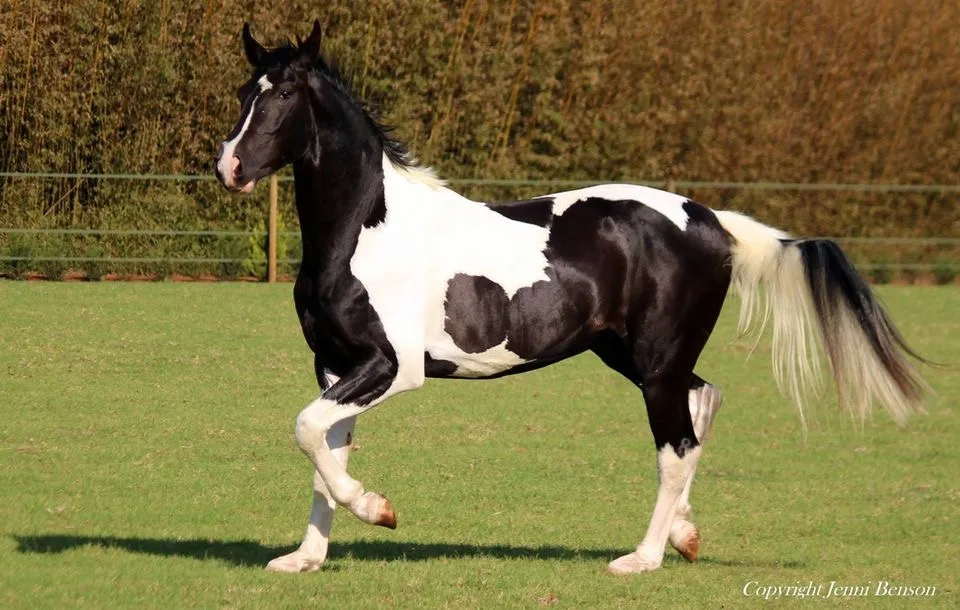
Conclusion
Deciding when to initiate the riding journey with a young warmblood is a critical decision that requires careful consideration of various factors. Here are the key takeaways:
Holistic Approach to Readiness:
- The best time to back a young warmblood involves a holistic assessment that considers both physical and mental readiness. Physical maturity, including skeletal and joint development, is crucial, but equally important is the horse’s mental preparedness for the demands of riding.
Gradual Introduction is Essential:
- A gradual introduction to riding is essential for building a strong foundation. Starting with groundwork, familiarizing the horse with tack, and progressing in short, positive sessions contribute to a confident and willing equine partner.
Patience and Consistency are Key:
- Patience is a virtue during the initial stages of riding introduction. Consistent training methods, short sessions, and positive reinforcement create a positive learning environment, fostering a harmonious relationship between horse and rider.
Professional Guidance is Paramount:
- Seeking professional guidance from experienced trainers and veterinarians is crucial. Their expertise ensures accurate assessments, identification of potential issues, and guidance tailored to the individual needs of the young warmblood.
Regular Monitoring and Evaluation:
- Proactive monitoring of the horse’s development is essential. Regular evaluations, both visual and veterinary, help identify any concerns early on, allowing for timely interventions and adjustments to the training plan.
Individualized Approach:
- Recognizing and respecting the individual differences of each young warmblood is fundamental. Tailoring the training plan to accommodate their unique temperament, learning style, and physical development contributes to a successful training experience.
Prioritize Well-being:
- The well-being of the horse should always be the top priority. Addressing signs of discomfort promptly, avoiding rushed training, and maintaining open communication with professionals ensure a positive and sustainable riding experience.
The decision to back a young warmblood is a significant responsibility that demands careful attention to the horse’s physical and mental well-being. By adopting a holistic approach, being patient, seeking professional guidance, and prioritizing the horse’s welfare, horse owners can embark on a training journey that fosters a positive and enduring partnership with their equine companion.
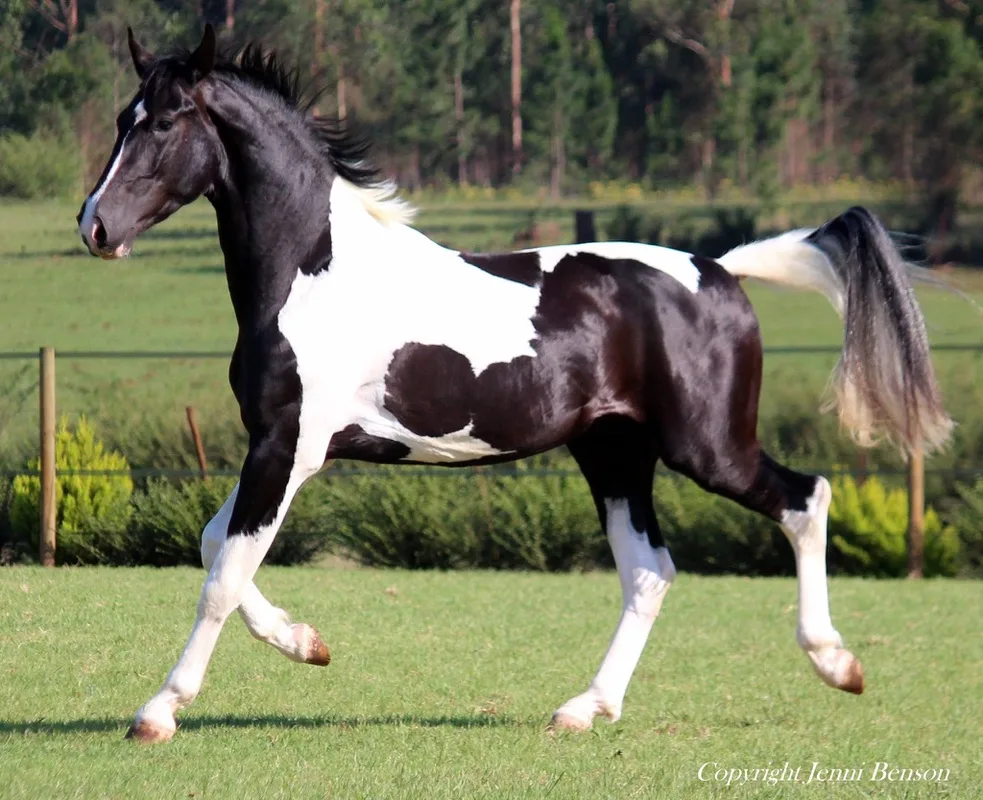
Further Reading
Certainly! If you’re interested in further reading on the topic of backing young warmbloods and equine training, here are some suggested resources:
- Books:
- “The Complete Training of Horse and Rider” by Alois Podhajsky
- “The Principles of Riding” by the German National Equestrian Federation (FN)
- “The Athletic Development of the Dressage Horse” by Charles de Kunffy
- Online Articles and Guides:
- The United States Equestrian Federation (USEF) and other national equestrian organizations often provide valuable articles and guides on horse training and development.
- Websites of reputable equestrian trainers and professionals often have informative articles and blogs.
- Scientific Journals:
- Journals such as the Journal of Equine Veterinary Science and the Journal of Animal Science publish research articles on various aspects of equine health, training, and behavior.
- Equestrian Forums and Communities:
- Participating in online forums or communities like Chronicle of the Horse, Horse and Hound Forums, or specific breed forums can provide insights and experiences from fellow horse owners and trainers.
- Professional Training Courses:
- Enrolling in courses offered by reputable equestrian training institutions can provide in-depth knowledge and practical skills. Institutions like the British Horse Society (BHS) offer professional training courses.
- Equine Behavior Experts:
- Books and articles by renowned equine behaviorists such as Temple Grandin and Andrew McLean can provide insights into the psychology and behavior of horses.
- Local Workshops and Seminars:
- Check for local workshops, seminars, or clinics conducted by experienced trainers and veterinarians in your area. These events often provide hands-on learning opportunities.
- Equine Health and Care Resources:
- Understanding equine health is crucial. Resources like the American Association of Equine Practitioners (AAEP) website offer information on horse health and care.
